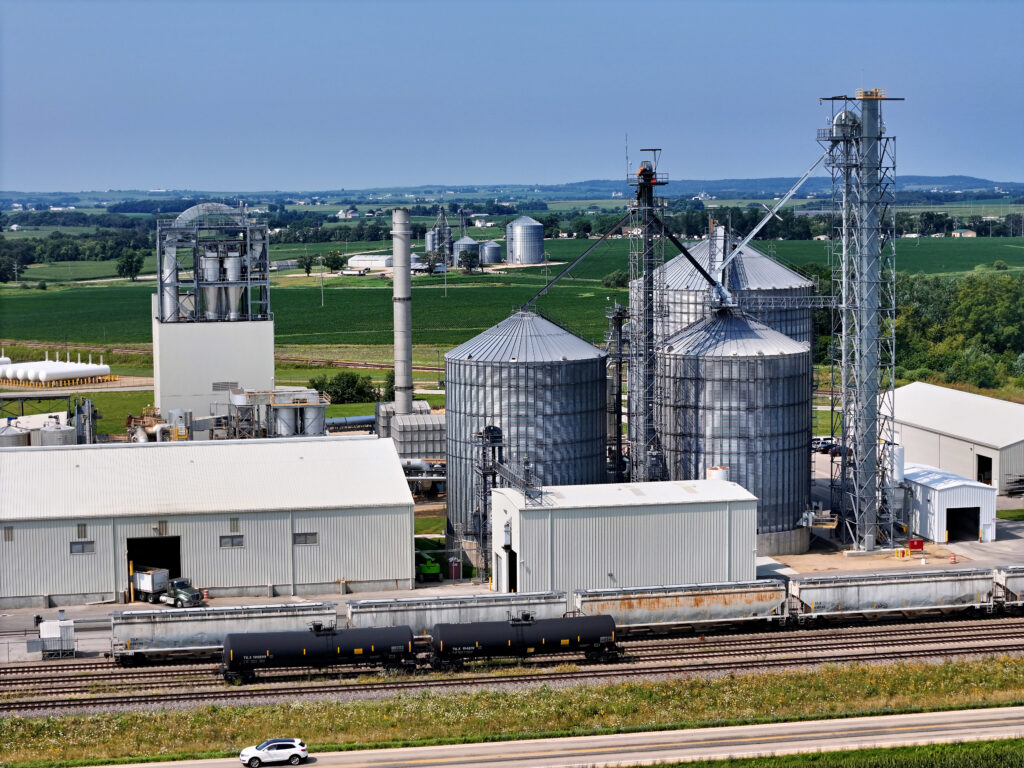
Over the past year and a half, state low carbon fuel programs have undergone significant changes. While Oregon, California, and Washington have been focused on amending their existing programs, New Mexico is in the process of developing its Clean Transportation Fuel Standard (CTFS) from the ground up. This distinction highlights the diverse approaches states are taking to align with climate goals while supporting renewable fuel producers. Below, we provide an update on the status and implications of these programs.
California LCFS: Tightening Targets to Rebalance the Market
Originally approved by the California Air Resources Board (CARB) in December 2024, California’s Low Carbon Fuel Standard (LCFS) amendments were sent back for revisions by the state’s Office of Administrative Law (OAL) due to clarity issues. CARB addressed these concerns, and the revised amendments were released for public comment on April 4, 2025. The amendment process is expected to be finalized by June 30, 2025, which may include retroactive implementation from January 1, 2025.
Key changes in California include:
- Carbon Intensity (CI) Benchmarks: New reductions ranging from 20-30% (2010 baseline) include a 9% stringency level in 2025 and an Automatic Acceleration Mechanism advancing benchmarks if certain conditions are met.
- Favoring Electric Vehicles (EVs): Policies increasingly favor EV adoption while imposing stricter requirements on biofuel producers, including sustainability certification and biomass-based diesel credit caps.
- Sustainability Requirements: A phased approach introduces stringent sustainability criteria for biofuel feedstocks, including biodiversity, soil fertility, water use, and land-use restrictions.
Amendment changes that affect all current state clean fuel programs:
- There is an upcoming requirement for attestation letters throughout the supply chain for specified source feedstock (SSFS), which includes waste products like used cooking oil (UCO), animal fats and will even include corn oil.
- Upon each state’s finalization of the amendments, each specified source feedstock supply chain entity must maintain a specified source feedstock supplier attestation letter.
- The specified source feedstock supply chain entities include points of origin, collectors, aggregators, traders, distributors, and storage facilities that participate in the supply chain from point of origin to the fuel producer.
- It is important to note that an ethanol plant will have to have an attestation letter that goes along with their corn sales if going to the biodiesel or renewable diesel industry.
Mandatory Firm Rotation
Mandatory firm rotation is now required in California, Washington, and Oregon, meaning fuel producers must select a new verification body every six years to perform validation and verification audits. A similar requirement appears in New Mexico’s Discussion Draft Rule, released in December 2025.
We, along with many others, voiced strong opposition to this provision during public comments. No other program in the U.S., not even the Securities and Exchange Commission (SEC), mandates firm rotation. The SEC only requires partner rotation, allowing someone new within the same firm to take over the work rather than compelling entities to find an entirely new firm. Firm rotation is another example of the state clean fuel programs aligning with California’s changes.
Washington CFS: Raising Ambitions with HB 1409
Washington’s Clean Fuel Standard (CFS) delayed its amendment process while the legislature debated HB 1409, which significantly raises CI reduction targets. The legislation passed in mid-April and awaits the governor’s signature.
Key updates include:
- Increased CI Targets: The bill raises targets from 20% to 45% by 2038, with interim reductions of 5% in 2026, 4% in 2027, and up to 4% annually through 2038.
- Potential for Higher Targets: A 55% CI reduction could be triggered if Zero Emission Vehicle (ZEV) adoption thresholds are met.
These amendments aim to address credit oversupply and align Washington’s program more closely with California’s LCFS, simplifying compliance across West Coast markets.
Oregon CFP: Finalized Amendments and GREET Updates
Oregon finalized its Clean Fuels Program (CFP) amendments on January 9, 2025.
These updates include:
- OR-GREET Model Update: Effective January 1, 2026, Oregon’s CI calculations will align with California’s methodologies.
- Expanded Fuel Eligibility: Corn kernel fiber cellulose, alternative jet fuels, and propane are now eligible under Tier 1 fuels.
- Carbon Capture and Sequestration (CCS): Additional credit requirements include a reserve account for CCS projects, holding 8-16.5% of credits permanently.
- Less Intensive Verification: Oregon allows site visits every three years, providing cost and emissions savings for verification bodies and program participants.
New Mexico CTFS: Building a Program from the Ground Up
Unlike the amendment efforts in other states, New Mexico is developing its Clean Transportation Fuel Standard (CTFS) from scratch. The enabling legislation, passed in 2024, mandates program implementation by July 1, 2026. A discussion draft rule was released in December 2024, with a more formal draft expected by summer 2025.
Key principles of New Mexico’s CTFS include:
- Technology Neutrality: The legislation explicitly mandates an open approach to all low-carbon fuels, ensuring innovation and diversity in compliance options.
- Focus on Biofuels: While no sustainability requirements for biomass-based fuels have been introduced, stakeholders are encouraged to advocate for policies that avoid feedstock caps or onerous certification requirements.
- Integration into Regional Programs: As New Mexico develops its CTFS, it is poised to become a vital link in the network of state-led clean fuel programs, offering opportunities for biofuel producers and strengthening regional markets.
The Road Ahead
As states like California, Oregon, and Washington refine their low carbon fuel programs and New Mexico lays the groundwork for its CTFS, biofuel producers face an increasingly complex regulatory landscape. Key challenges include compliance with stricter CI targets, sustainability certifications, and regional program alignment. Yet, these efforts also present opportunities to innovate, expand markets, and contribute to ambitious climate goals.
Whether amending existing programs or developing new standards, the overarching theme remains clear: low carbon fuel programs are evolving rapidly, and industry stakeholders must stay proactive to navigate the shifting terrain.







